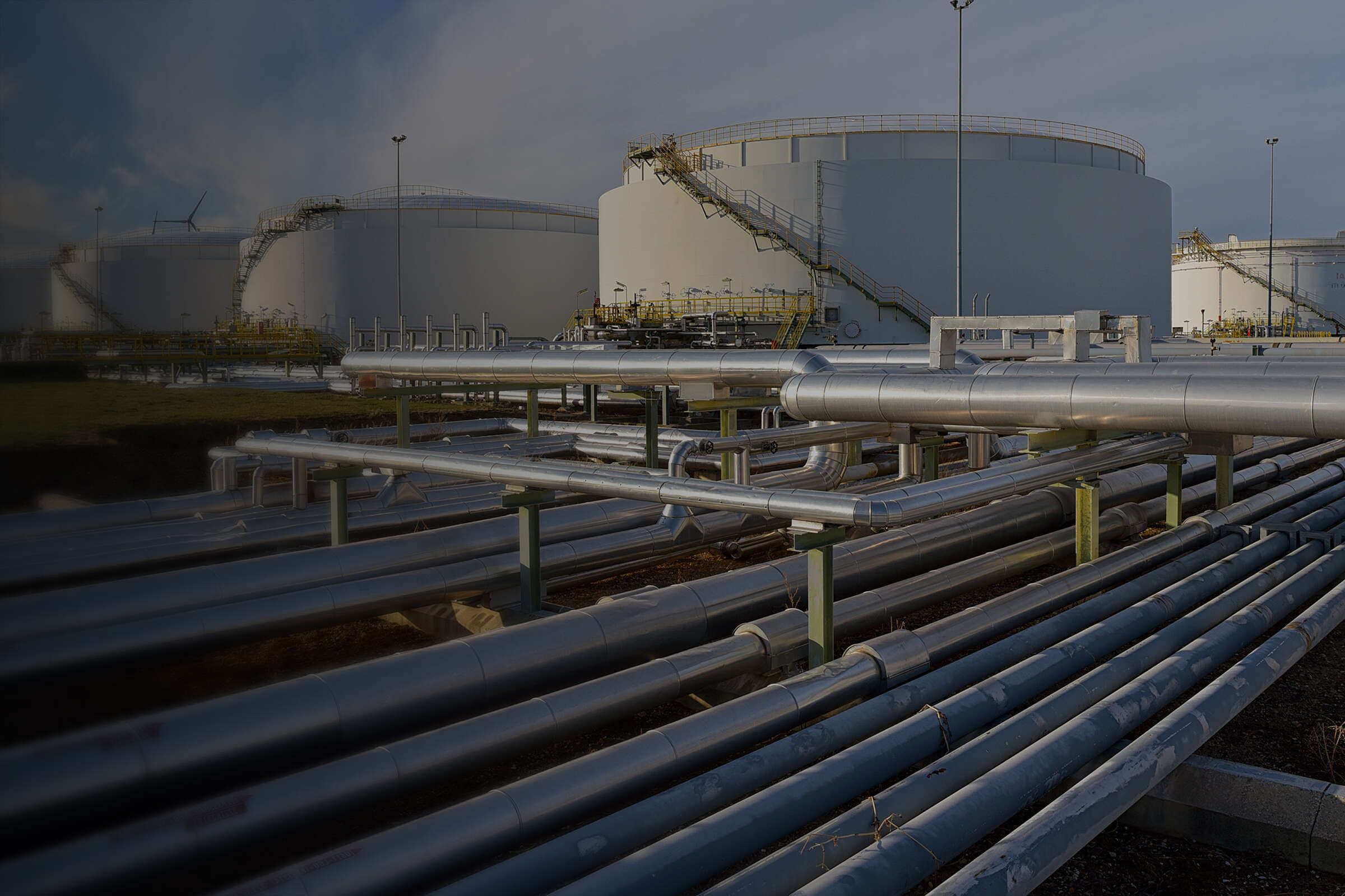The Goal
Our objective was to automate leak detection while improving speed and accuracy, reduce water loss, minimize repair times and improve response times.
Client operations were impeded by several critical issues:
Manual Oversight: Reliance on manual monitoring for leak detection resulted in slow response times and increased risk of oversight, despite advanced automation in other operational areas.
Financial and Environmental Impact: Undetected or late-detected leaks led to considerable water loss, triggering financial losses and potential environmental repercussions.
Our Approach
Our team faced unique challenges, such as the need to use existing camera feeds without major modifications and to work within existing hardware limitations.
Additional obstacles included weather conditions like wind and rain, sunlight and the occasional living creature, as well as the inherent difficulty of differentiating leaks from other environmental movements. To meet this challenge, we used thermal cameras to detect temperature changes caused by water. We then developed and trained a set of vision-specific machine learning algorithms to distinguish leaks from other movements with high accuracy, by analyzing motion, shape and temperature.
- Data Collection and Analysis: Investigating the types of leaks encountered, categorized into 'gusher' and 'seeping' leaks, to understand their characteristics and capture data for training and algorithm development.
- Technology and Innovation: Development of a machine vision solution capable of analyzing live video feeds to identify leaks in real-time, trained to detect both types of leaks with high accuracy.
- Implementation and Scaling: Initial deployment at select locations, with a strategy for expansion across the network, incorporating continuous improvement feedback loops.
- Collaboration and Support: Close collaboration with the company's operations team ensured the solution was aligned with operational needs and challenges, fostering an environment of innovation and efficiency.
The implementation of the machine vision solution has transformed the company's leak detection capabilities.
- Enhanced detection: The system reliably identifies both types of leaks with increased speed and accuracy.
- Operational efficiency: The operational team has shifted from manual monitoring to focusing on alerts generated by the system, reducing workload and improving response times.
- Screen fatigue reduction: Alleviating screen fatigue among control room operators was a notable impact. The industry recognizes this fatigue as a widespread challenge. By decreasing the requirement for continuous screen monitoring, the solution has enhanced workplace conditions and reclaimed valuable work hours.
- Expansion and scalability: The solution has rapidly expanded across the network with further releases planned to broaden impact.


